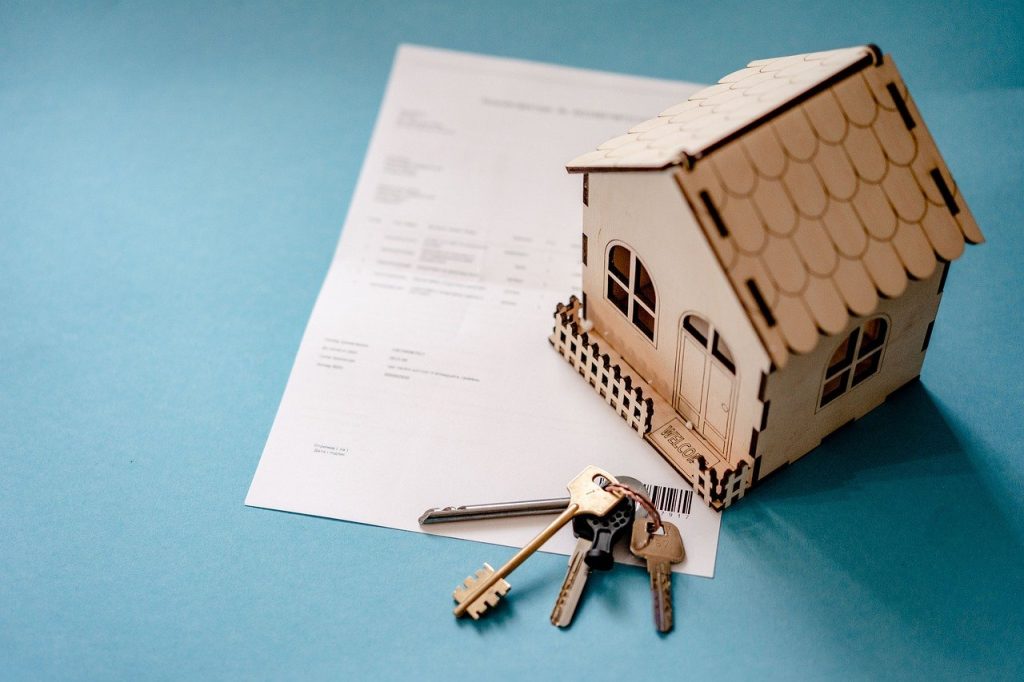The Best Advice From Albert Dweck:
Albert Dweck says, When they begin their real estate investing career, many investors first consider buying one-family properties (whether a single home or a condo) and renting the property out. The majority of people prefer this because it’s conceptually more straightforward. In the end, most people have some experience in buying and selling property (or at the very least, people know somebody who has). It’s like a familiar feeling.
Multifamily is a different story. Most people don’t have the experience of buying an apartment or building and even less having the responsibility of managing one. Additionally, at first multifamily properties seem more costly and complicated. First impressions aren’t always accurate, however. What is the difference between single-family and multifamily investing compare? Both have pros and cons; however, generally, in the long run, multifamily is the winner. Let’s look at why and the other reasons you should be aware of when investing in real estate.
Why do you think multifamily is more beneficial?
There are many reasons that multifamily property investments are likely to be superior in terms of income stability and quantifiable appreciation measures, scalability, and scale economies.
Reliability of income
The benefits of income security are built into the properties themselves. According to the name, homes that are single-family properties are typically owned by only one family. If that family cannot pay rent anymore or decides to relocate, your income stream is cut off. However, you’re still liable for the entire bill. It’s not possible to tell the lender, “The renters didn’t pay, so I don’t have to pay you!”
Multifamily properties are as it can be difficult to attain 100% vacancy every all the time, it is similarly unlikely to reach 100 percent occupancy. Certain people are always renting the property, which means you’ll be able to earn some money being generated to cover the costs. Multifamily properties are rarely located where owners do not have enough income to cover their bills. This makes them less risky and more secure investment all-around.
Appreciation for force
Additionally, multifamily real estate offers more tangible appreciation indicators. The value of a multifamily property will be directly related to the income it earns. According to Albert Dweck, A property that makes one million dollars in revenue per year will be much better than one which earns only $10,000 per year. Suppose you’re an investor in multifamily properties. In that case, you can have the possibility to make it easier for an asset to boost its earnings of the purchase by implementing improvements, operational efficiency, and marketing strategies to increase the value of your property.
However, one-family houses are at the mercy of “comps” of properties within the same community, public demand and supply, and other market factors beyond an investor’s control. These factors directly affect your property’s value when sold in various ways.
Economy of size
Investors can benefit from the savings in cost per unit in the case of multifamily investments. The term “Economies of Scale” is described as benefits businesses get from the price when production increases in efficiency. Also, it is possible to save money per unit because of the larger quantity or size produced. If you are considering buying apartment buildings, outsourcing renovation projects, maintenance, and cleaning services will be cheaper because of the more significant number of units.
Scalability
Multifamily real estate allows investors to expand their portfolios faster than investing in single-family houses. Buying and maintaining 20 single-family homes would be less profitable and efficient than purchasing and operating a 20-unit property.

